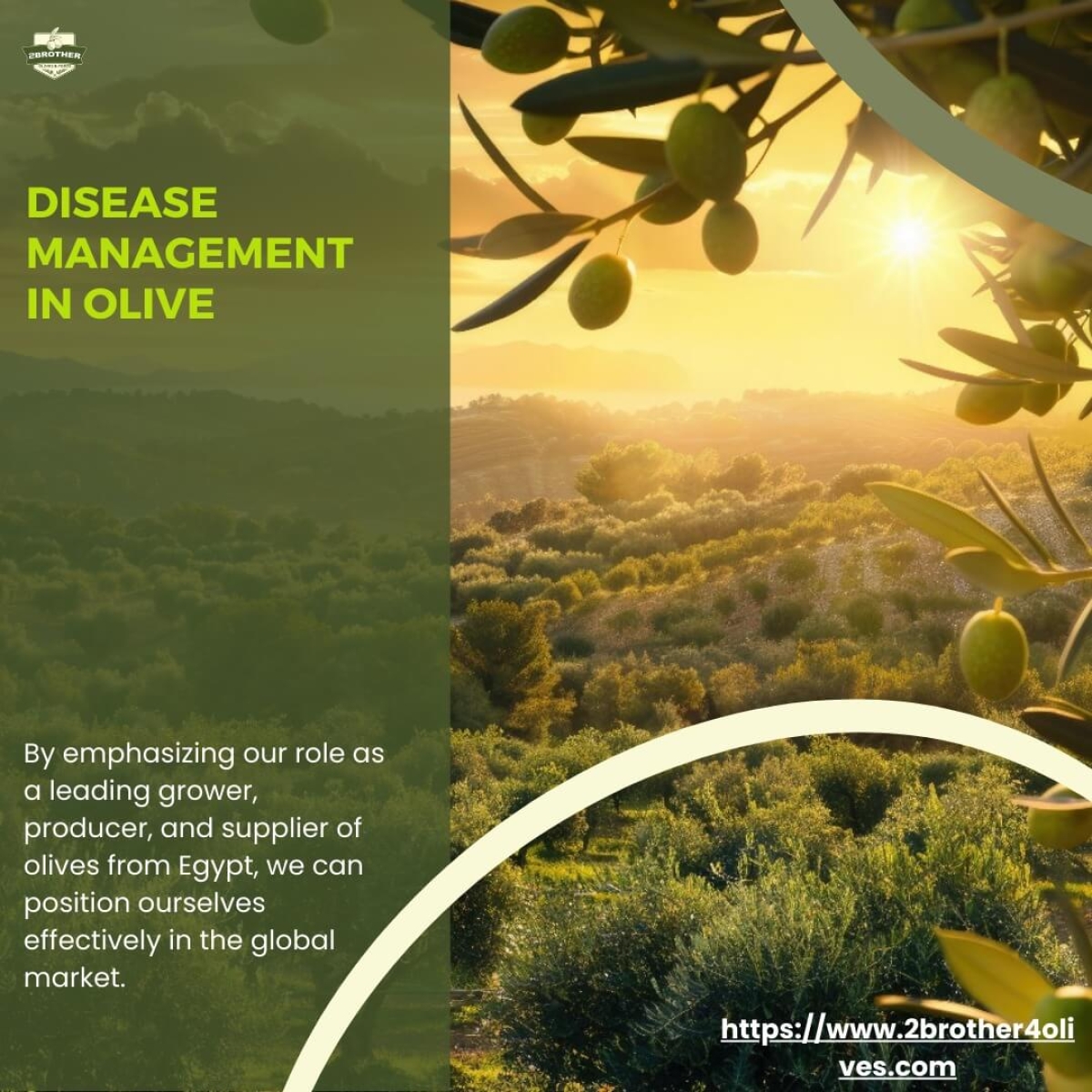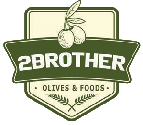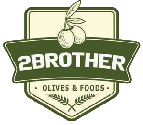Effective Disease Management in Olive Cultivation: A Guide for Growers and Producers

Olives are a vital crop with significant economic and cultural importance worldwide, particularly in Mediterranean regions like Egypt. As growers and producers, understanding and managing diseases that affect olive trees is crucial for ensuring healthy yields and maintaining quality. This blog delves into the key aspects of disease management in olive cultivation, providing insights and practical tips to help you thrive as a global supplier.
Common Olive Diseases and Their Management
-
Olive Knot (Pseudomonas savastanoi) Olive knot is a bacterial disease characterized by rough, tumor-like growths on branches and twigs. It can severely affect the tree's productivity if not managed properly.
Management:
- Prune infected branches during dry weather to prevent spread.
- Disinfect pruning tools between cuts.
- Apply copper-based bactericides as a preventative measure.
-
Verticillium Wilt (Verticillium dahliae) This soil-borne fungal disease causes wilting and yellowing of leaves, leading to branch dieback. It can significantly reduce olive yields and tree vitality.
Management:
- Implement crop rotation and avoid planting olives in previously infected soils.
- Use resistant rootstocks.
- Apply soil solarization techniques to reduce fungal load.
-
Peacock Spot (Spilocaea oleaginea) Peacock spot, or olive leaf spot, is a fungal disease that causes dark, circular spots on leaves, leading to defoliation and reduced photosynthesis.
Management:
- Ensure good air circulation by pruning for an open canopy.
- Apply fungicides containing copper or mancozeb during wet seasons.
- Remove and destroy fallen leaves.
-
Anthracnose (Colletotrichum spp.) Anthracnose is a fungal disease that affects olives, causing fruit rot and leaf spots. It thrives in humid conditions and can devastate crop yields.
Management:
- Harvest olives promptly and avoid leaving overripe fruits on trees.
- Apply appropriate fungicides during flowering and before harvest.
- Maintain proper orchard hygiene by removing fallen fruits and leaves.
Integrated Disease Management Strategies
Integrated Disease Management (IDM) combines cultural, biological, and chemical practices to minimize disease impact while promoting sustainable agriculture.
By emphasizing our role as a leading grower, producer, and supplier of olives from Egypt, we can position ourselves effectively in the global market.









